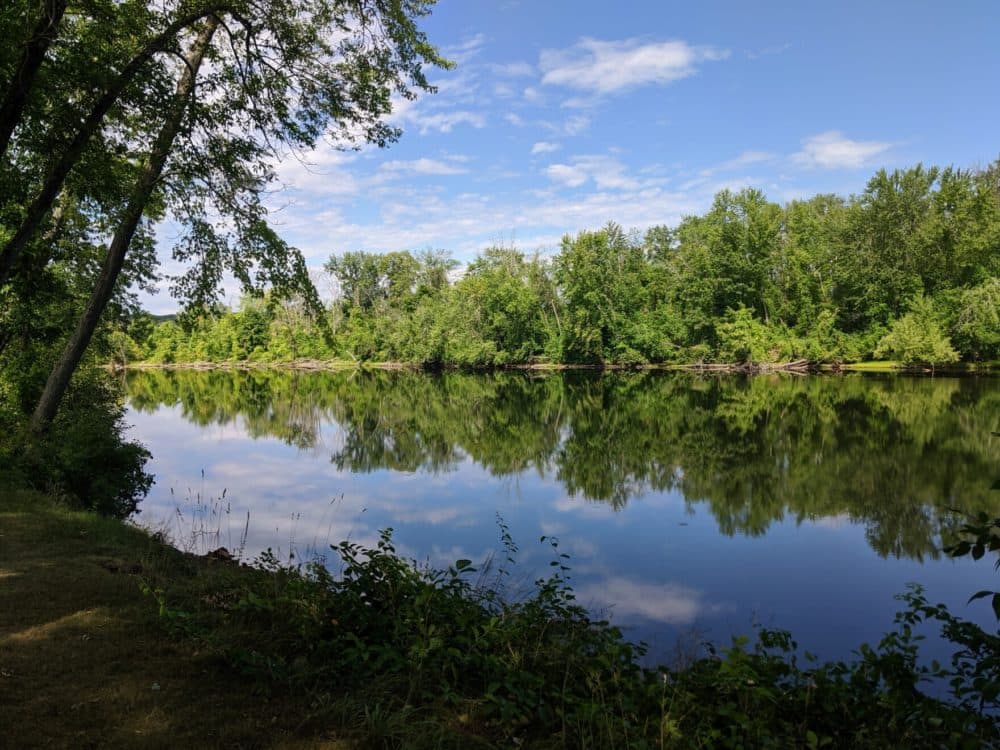Advertisement
Data shows unsafe bacteria levels in Merrimack River after sewer overflows

A new study released by the Merrimack River Watershed Council shows water conditions in the Merrimack river are safe most of the time, but at some times, swimmers and boaters may encounter unsafe levels of bacteria.
The council released the results of their 2021 water quality monitoring project this month. They measured a variety of water quality indicators along the river, including pH, salinity, and temperature. Volunteers also took samples of water to monitor the levels of two bacteria associated with fecal matter – E. coli and Enterococcus.
For most of the samples taken throughout 2021, the levels of those bacteria were within safe levels designated by the Environmental Protection Agency, with about 20% of samples showing unsafe levels.
But for samples taken after combined sewer overflow events – when a mixture of stormwater, human waste, and other harmful substances is discharged after heavy precipitation by sewer systems that combine human waste, industrial wastewater, and rainwater runoff – more than half of the samples showed unsafe levels of bacteria.
The Merrimack river provides drinking water for 500,000 people, according to the Environmental Protection Agency. About 200 communities are located in the watershed, with many using the river for recreation.
Combined sewers are an issue across the country, with almost 860 municipalities in the United States using a system that combines sewage and drainage into one pipe – a standard engineering practice throughout the late 1800s and early 1900s. When the pipe exceeds its capacity, such as during heavy rainfall, untreated wastewater can flow into a water body.
Over 820 million gallons of combined sewer overflows were discharged into the Merrimack in 2021 – the highest volume in a year since 2013, according to the Council. About 40% of the combined sewer overflows discharged into the Merrimack are coming from Manchester. Last fall, the city passed a bond resolution to address the overflows.
Nashua’s wastewater system also discharges sewage into the Merrimack.
Susie Bresney, a program manager with the Council, presented the findings in a webinar on Monday. She said wastewater treatment plants are working hard to manage combined sewer overflows, but it’s an expensive problem to solve.
Advertisement
“The problem is just so big that it requires federal funding to really solve,” Bresneys said during the presentation. “We're working on making sure that they have the funding available to really achieve the solutions that they need.”
The Council says they are also using the data presented in their report to better understand health risks associated with combined sewer overflow events and help municipalities implement green infrastructure. Bresney says that could help divert stormwater away from sewer systems, which make a big difference for combined sewer systems – which may be particularly vulnerable as New England’s climate changes, becoming warmer and wetter, with increased instances of heavy precipitation.
This story is part of the New England News Collaborative. It was originally published by New Hampshire Public Radio.